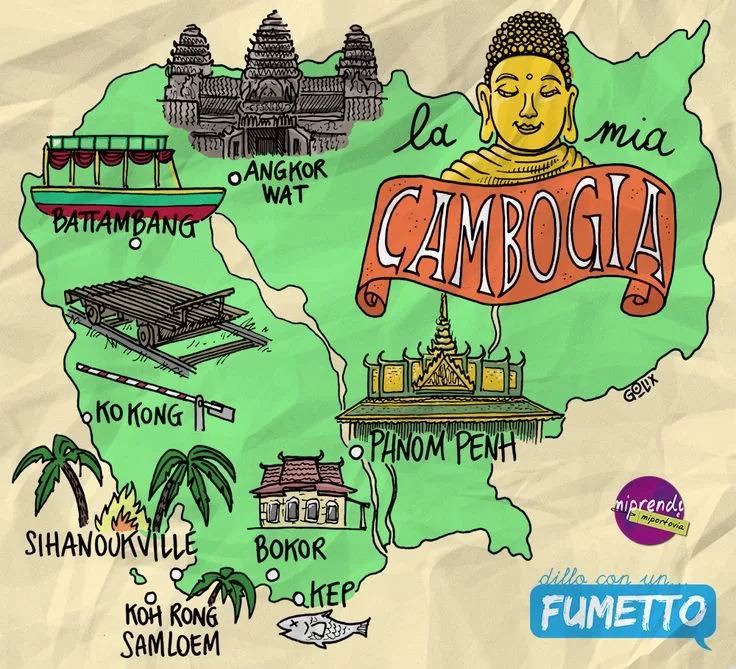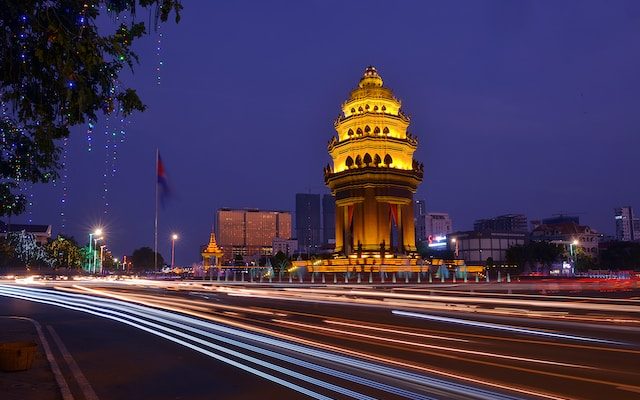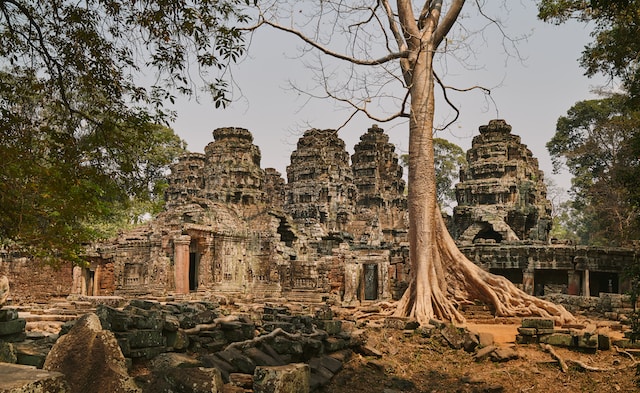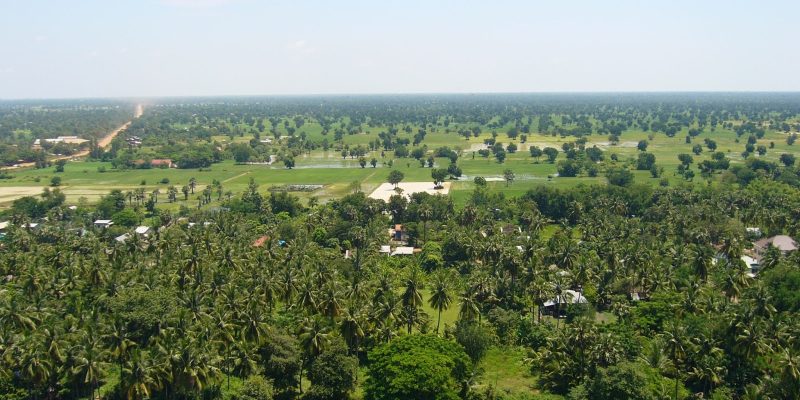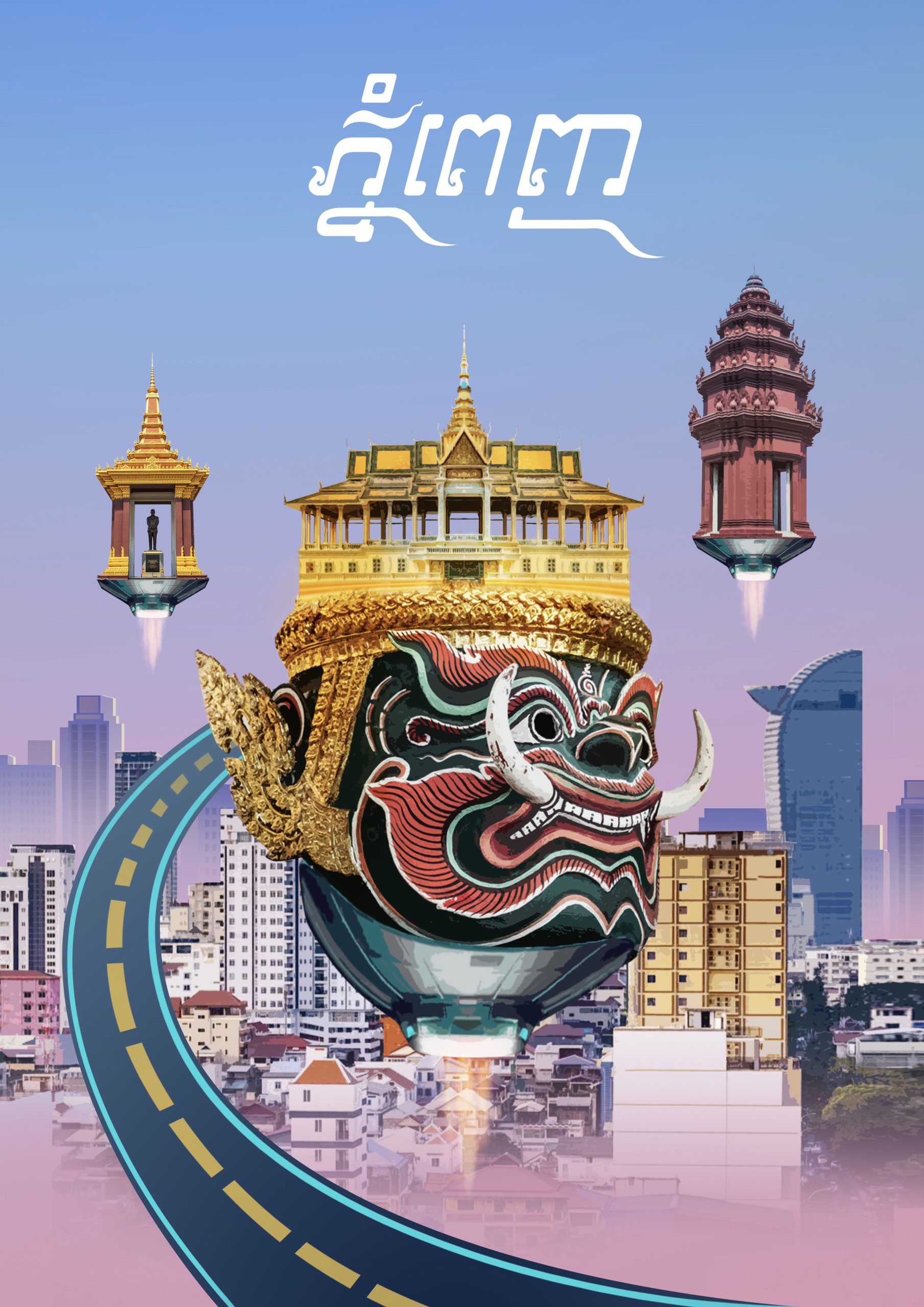Explore our Cambodia
Cambodia is a kingdom of temples, history-lovers will find endless enjoyment on a holiday in Cambodia. Marvel at ancient Angkor Wat, a vast temple complex unmatched in size and splendor. One of the most important architectural sites in south-east Asia and UNESCO protection ensures it will remain just as magnificent for years to come.
Don’t miss a visit to the capital city of Cambodia, Phnom Penh and whilst their visit the spectacular Royal Palace and the Silver Pagoda. A darker side of this city’s history is a visit to the S 21 Detention Centre where thousands were imprisoned, tortured and killed by the Khmer Rouge, this center demonstrates the country tragic past which not long ago.
The rural countryside in Cambodia stretches far, green and wide and offers a different pace to the cities. Enjoy the rhythm of rural life in the most enchanting colonial towns like Battambang, as well as hopping from paradise island to paradise island on any one of the Koh Rong Island’s off the coast of Sihanoukville.
All that, coupled with the sublime serenity of this part of Asia and the warmth of the locals, make Cambodian holidays bliss from start to finish. Once you understand something of Cambodia’s turbulent past, it’s difficult not to feel awe for the locals and reverence for the kindness and joy they shower visitors with. Cambodian’s are incredibly friendly, making a holiday in Cambodia that bit more delightful.
3
World Heritage Sites
21
Ethnic Minorities
26
Cities


